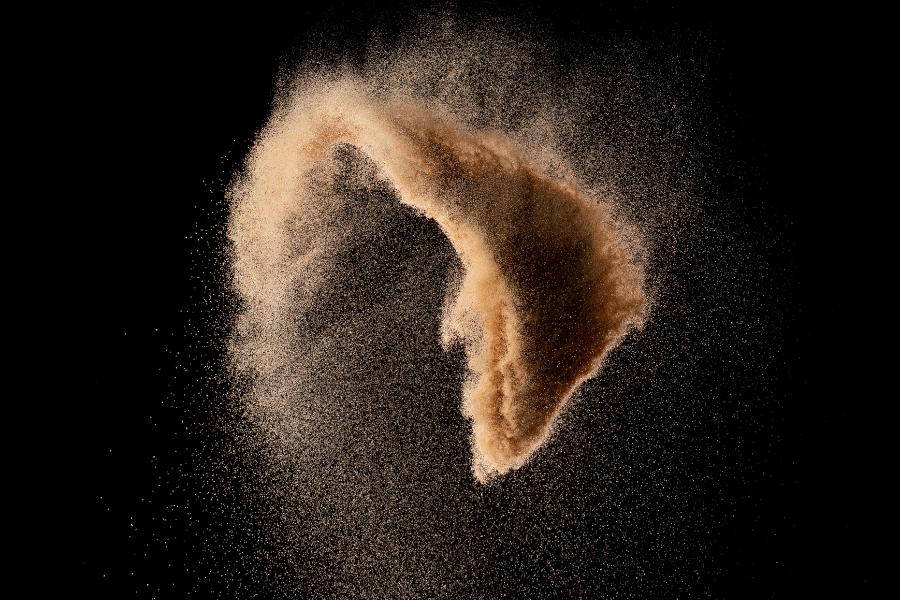
Is There Energy In Cremated Ashes?
Do you ever wonder if there’s a spark of energy in the cremated ashes? Here’s the truth behind it: from a scientific standpoint, cremated ashes contain zero energy. The cremation process, which occurs at an incredibly high temperature of 1400-1800°F (about 760-980°C), completely burns away all organic matter. Any chemical energy that is stored in the body is released as heat and light, which then disappears into the environment. What’s left behind are inorganic minerals, mostly calcium phosphate and bone minerals, which are stable and have no energy. While these ashes carry emotional weight for you, the science of thermodynamics confirms they possess no measurable energy.
But why is this important to understand when we talk about the 3-4 kilograms of ashes that are so common in urns across Australia and the world? Because it means these ashes aren’t passive. They are the complete opposite of what you might associate with life. They lack the organic components that would provide energy or nutrients. This lack of inherent energy is why innovative solutions, such as Living Legacy memorial trees, are so important. With Mornington Green Living Legacy Gardens, you get to transform those ashes into something that can spark the energy of life.
The Science of Cremation and Cremated Ashes
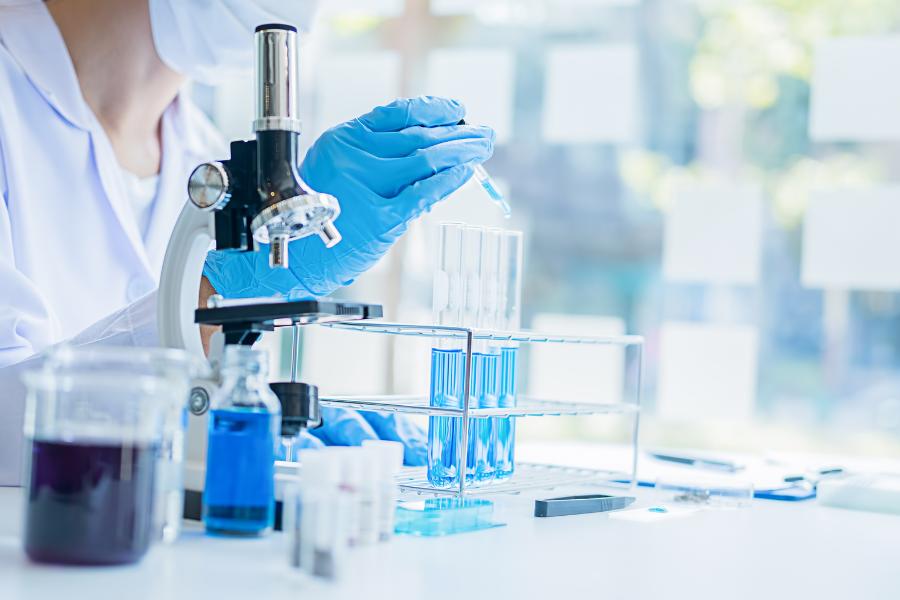
What truly happens when a body is cremated? When a body enters a cremator, it faces extreme temperatures between 1,400-1,800°F. That’s hot enough for molecular destruction. Every protein, fat, and carbohydrate that once made up human beings is oxidized. What about all the chemical energy that is stored in our body? It’s gone. It gets released as intense heat and light, the chemicals disappear into the atmosphere. Research confirms this, with human tissue generating approximately 17kJ/g during this process and body fat releasing around 98.8 MJ/kg of energy. Yet, despite this massive energy release, nothing remains within the ashes themselves.
As you know, the cremation process operates strict thermodynamic principles. It’s a completely irreversible energy conversion. Think of it as a combustion where every energy chemical bond is broken and liberated. When the cremation is done, 96% of the human body has been converted into gases like carbon dioxide (CO₂), carbon monoxide (CO), and water vapor (H₂O).
What’s left? Just pure minerals. No energy, no spark of life. Only calcium phosphate. This scientific point of view is why innovative approaches are needed to transform these cremated ashes into something helpful and in Australia, you have the opportunity to become part of the contributive transformation.
Beware! If you’ve thought about scattering ashes in your garden or a favorite spot, think again. Cremated ashes are bad for plants. They are extremely alkaline, with a pH of around 12 (similar to bleach!). This high alkalinity, along with a heavy concentration of minerals, makes the soil toxic for most plant life. Instead of helping, you could be creating a “dead zone” on the soil where you scatter the ashes. In fact, many cemeteries and parks in Australia and elsewhere discourage or even prohibit the scattering of ashes directly into the soil for this very reason.
Subscribe for More Insights
But there is a way to detoxify the ashes so the locked up nutrients like nitrogen and potassium which are the building blocks for creation and the process is amazing. The patented Living Legacy treatment uses a specific type of microbe that digests the ashes into nutrients like nitrogen and potassium that help the tree grow and become the tree through a profound process where the tree and microorganisms in soil “talk” to earth other at night via a liquid excreted by the tree called the exudate. This allows the ash to create new life and be perpetuated again and again through the trees thousands of seeds and seedlings- that’s the circle of life.
What’s Left In The Cremation Ashes Inside An Urn? The Chemistry Of Cremated Ashes
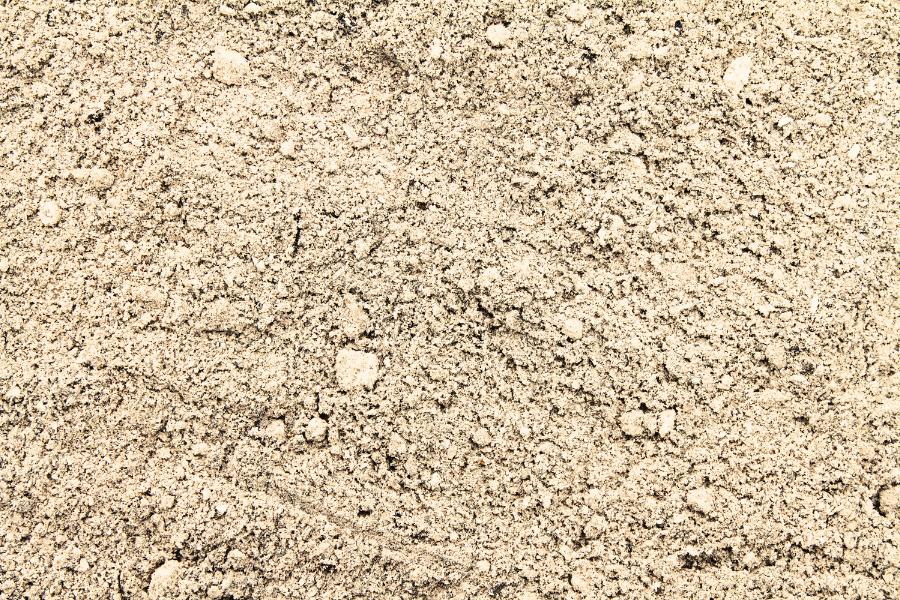
Do you know what makes up the ashes of a cremated body? It might surprise you to learn that the chemical makeup of human cremated ashes looks more like something from a geology textbook than biology. What remains is a collection of minerals, not the organic substances of life.
Here’s a breakdown of the main components:
- Phosphate: 47.5%
- Calcium: 25.3%
- Sulfate: 11.00%
- Potassium: 3.69%
- Sodium: 1.12%
- Various trace minerals: Less than 1% each
These elements are mainly bone minerals, tough inorganic crystals called hydroxyapatite that can survive in extreme heat. This means there’s no energy left, no chemicals, or any substances that can power growth, healing, or life itself.
But here’s what nobody tells you that human bodies don’t contribute energy during cremation. They absorb it like a giant sponge soaking up heat. Studies conducted on pig carcasses (which serve as a similar model to human bodies) have found that you need to burn more than nine times the amount of fuel compared to the body’s weight to get cremation going properly. This clearly shows that what’s left after cremation is truly “dead” in terms of energy.
It is important to know these chemical components of cremated ashes? Absolutely! You must know the chemical components of cremated ashes if you wish to make an eco-friendly choice for final disposition or memorial option. This is especially true in Australia, where more than 70% of people who die get cremated and there is a growing awareness of sustainable practices.
The Real Energy Cost of Cremation
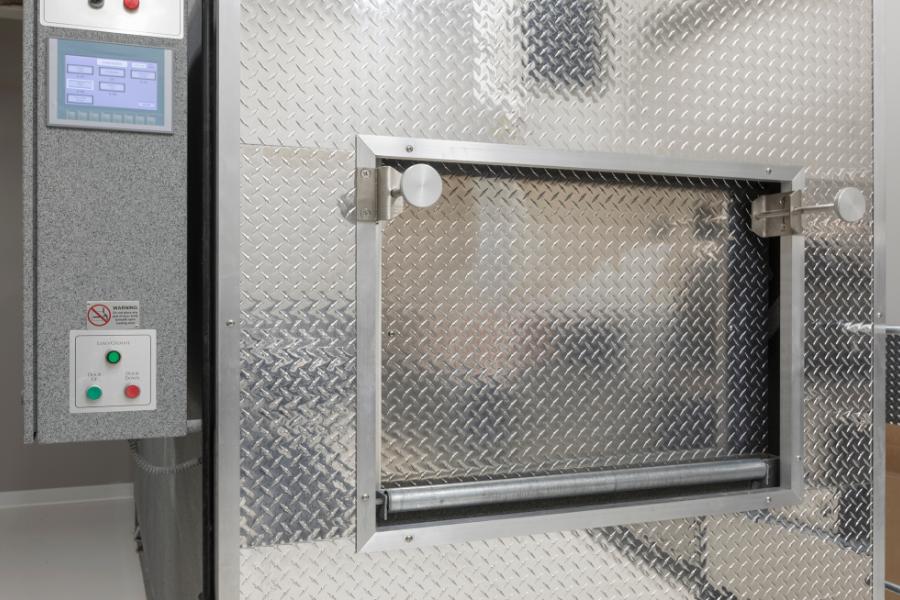
When you think about cremation, do you consider the energy involved? Here’s something important regarding energy cost of cremation:
1. Cremation uses a lot of energy.
2. A single cremation can use 200-400 kW. This is like driving a car more than 3,000 KM!
3. Crematoriums spend a lot on gas..
4. Your body needs huge energy input to be cremated.
5. It gives no energy back. This is unlike a living body.
Why Understanding What Happens After A Cremation Is Important For Australian Families
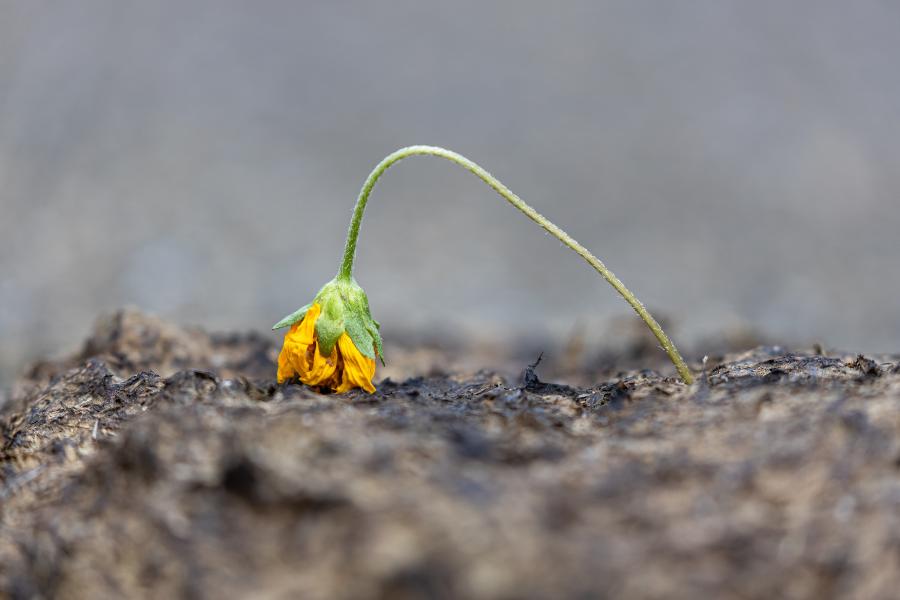
For Australian families, understanding what happens after cremation is very crucial. Unlike natural materials that break down and give back to the earth, cremated ashes are completely different. The extreme heat of cremation means that everything is transformed. There’s no energy left, nothing organic.
These small details can help you be aware of the consequences of your choices on how to handle ashes after cremation:
1. Bad for Plants, Bad for Soil: If you’ve thought about scattering ashes in your garden or a favorite spot, think again. Cremated ashes are bad for plants. They are extremely alkaline, with a pH of around 12 (similar to bleach!). This high alkalinity, along with a heavy concentration of minerals, makes the soil toxic for most plant life. Instead of helping, you could be creating a “dead zone” on the soil where you scatter the ashes. In fact, many cemeteries and parks in Australia and elsewhere discourage or even prohibit the scattering of ashes directly into the soil for this very reason.
2. Environmental Impact: Scattering untreated ashes can hurt the environment. If you spread them without knowing their properties, you could be creating spots in the soil that struggle to recover for hundreds of years. Imagine scattering them in a natural area. You are unintentionally damaging the ecosystem. This is why many families in Australia choose to treat ashes and turn them into Living Legacy Trees at Mornington Green Living Legacy Gardens if they live in Melbourne and Victoria or Wellington Dam Living Legacy Forest if they live in Perth and Western Australia.
3. Easy to Store, But Nothing Happening: Because cremated ashes are completely stable and inert (meaning nothing biological or chemical is happening), they don’t need any special energy for storage. You can keep them in an urn on your mantelpiece for years, and they won’t change. Well, there’s no energy activity going on.
So, when you’re making decisions for your family, it’s worth knowing these facts about what cremated ashes really are.
Plant Human Ashes Into A Tree: How Your Loved One's Ashes Can Grow Life

Ever wonder if there’s a way for cremated ashes to lead to new life? There is! Living Legacy Trees offer a patented way to plant human ashes into a tree. Living Legacy Forest uses innovative technology to take those inert minerals and turn them into tree nutrients like potassium and nitrogen, which are basically food for trees.
Researched by a team of scientists led by Dr. Mary Cole, Living Legacy Forest neutralizes the harmful, very high pH of the ashes, and reduces their salt content. This creates an energy-rich soil environment where memorial trees don’t just survive, but they can grow. Think about it: your loved one’s ashes becoming part of a living tree that gives us oxygen, captures carbon, and provides a home for endangered creatures for many years. It’s no longer about the energy that’s gone. It’s about the new, vibrant energy you can help create.
The science is clear: cremated ashes themselves have no energy. But they don’t have to stay that way. Instead, your loved one’s story can continue to blossom and root deeply in life with A Living Legacy Tree.


